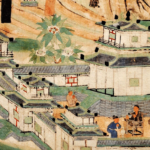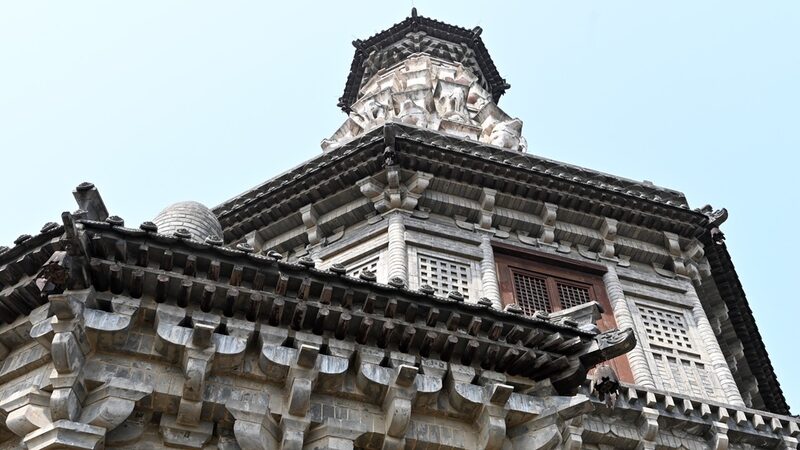Nestled deep within China's Wutai Mountain range, the East Hall of Foguang Temple stands as the largest surviving timber structure from the Tang Dynasty (618-907 CE). Its discovery in 1937 by architectural historian Liang Sicheng and his team marked a watershed moment in understanding ancient Chinese engineering – a story of perseverance through rugged terrain to verify what experts now call “a living textbook of Tang aesthetics.”
The hall’s identity was confirmed through decades of research, including analyses of construction techniques, painted inscriptions, and architectural proportions matching Tang-era standards. Most striking are its dougong brackets – interlocking wooden supports that blend structural logic with artistic flourish. These cloud-like clusters distribute weight gracefully while creating the hall’s iconic sweeping eaves, embodying the Tang pursuit of “unity between heaven and earth.”
A new digital exhibition by CGTN offers rare insights into the site’s construction philosophies and preservation challenges. Through interactive models, visitors can explore how 1,200-year-old joinery techniques resisted earthquakes and how spatial arrangements reflect Buddhist cosmology.
For historians, the hall provides tangible evidence of cultural exchange along the Silk Road, with stylistic influences traceable to India and Central Asia. For modern visitors, it remains a place where time folds – where the morning bell still echoes Tang poetry’s timeless rhythms.
Reference(s):
cgtn.com








